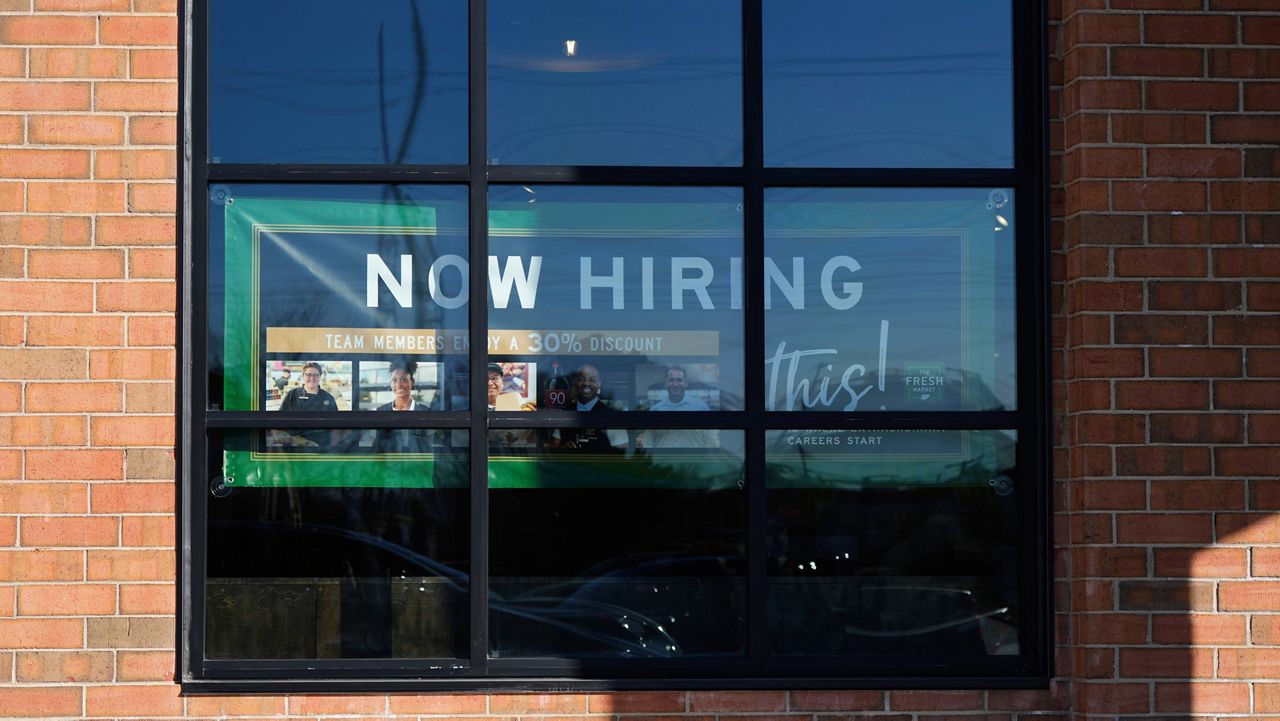CLEVELAND — Stephanie Rifici-Thorkelson had always been vigilant about doing breast self-exams.
During one of those checks, she noticed a lump.
“I was breastfeeding my firstborn. I thought I just had a clogged milk duct,” she said.
When it wouldn’t go away, she saw her doctor.
Nationally, women are getting diagnosed with breast cancer at a younger age. Rifici-Thorkelson, 36, was diagnosed with triple negative breast cancer, a more aggressive type of tumor with a fast growth rate. She was 34. Within days, she also discovered she was pregnant.
“It was so early pregnancy they did a blood test and it came back negative,” she said.
Because of Rifici-Thorkelson’s type of cancer, doctors wanted to start treatment immediately and suggested she terminate her pregnancy.
“It was just a lot of confusion. ‘Where do we go from here? Are we going to be able to keep the baby?’” Rifici-Thorkelson’s husband, Evan Thorkelson said.
Rifici-Thorkelson and her husband sought a second opinion with Dr. Stephanie Valente, Breast Surgeon at the Cleveland Clinic.
Valente is part of a program that specializes in younger women with breast cancer. It involves a group of doctors that work together to treat patients.
Depending on what the patient needs, different specialists are pulled into the team.
“Is this person needing to get her oocytes saved or is she pregnant and needs a high-risk physician helping manage her case?” Valente said. “The issue with young women with breast cancer is that the screening guidelines recommend considering mammograms at, they were 50, they’ve come down to 45.”
That means most of her patients found lumps on their own versus through a mammogram. She urges younger women to self-screen.
“If you’re going to find a lump, it’s not going to be that once-a-year when you see your primary care or your OB-GYN. It’s going to be in those months in between. Everyone is in the shower. Everyone should know every part of their body,” Valente said.
She said that a lot of women are now surviving cancer and going on to lead long lives and she asks women what they want their lives to look like in five years.
“A lot of women, it’s hard for them to focus on having kids later on,” she said.
She advises her patients to take a pause at diagnosis.
“It’s ok to wait an extra week to go see a fertility specialist, to really look at your options,” Valente said.
Stephanie had a lumpectomy the day she hit the second trimester, when it’s safe to have surgery. That was followed by four rounds of chemotherapy, all while pregnant.
Just a few months later, she gave birth to a healthy baby.
“Not everyone is going to do what we did. Do whatever is best for your family,” Rifici-Thorkelson said.










